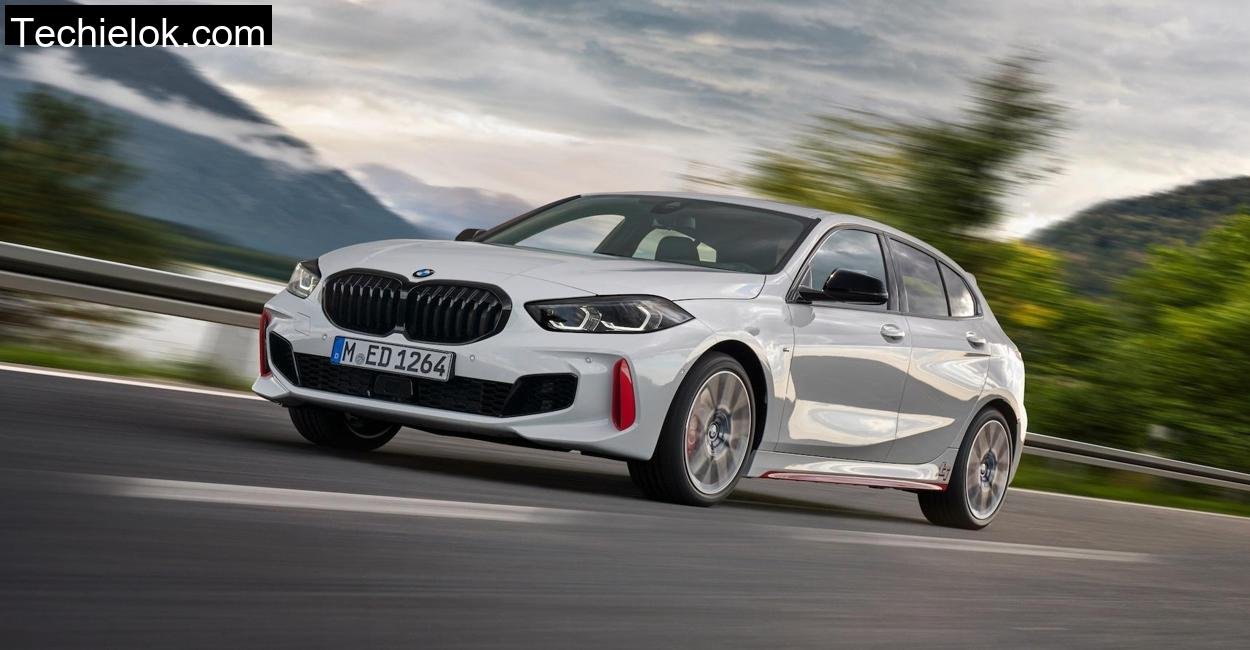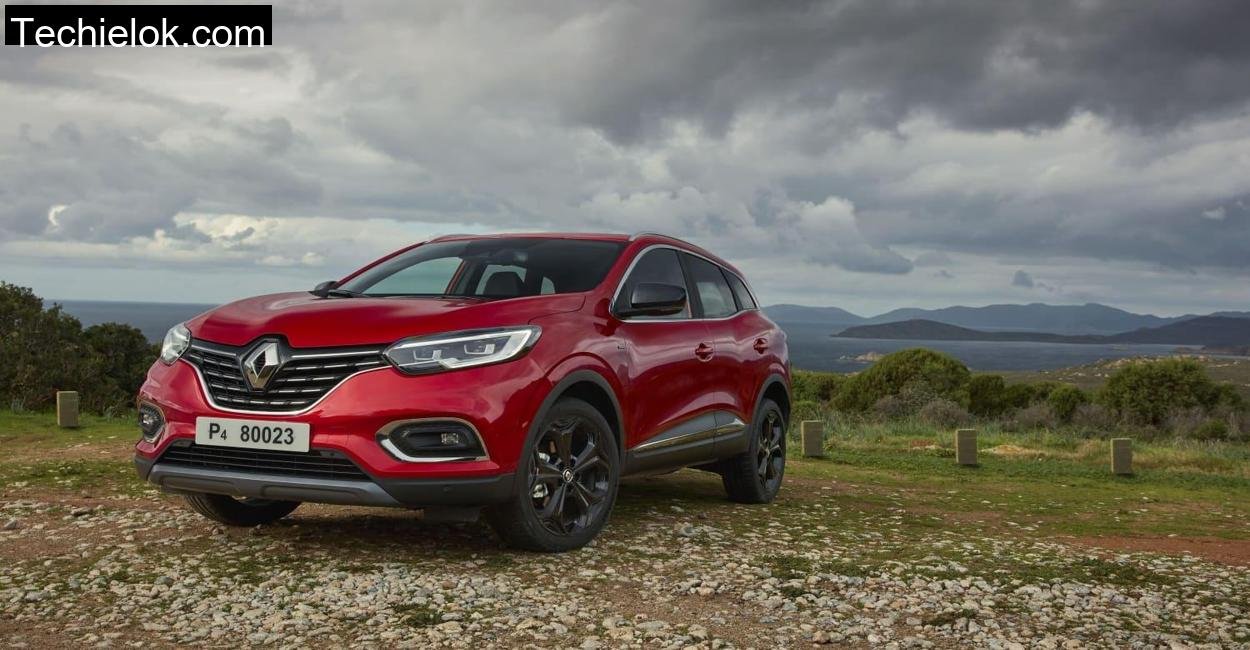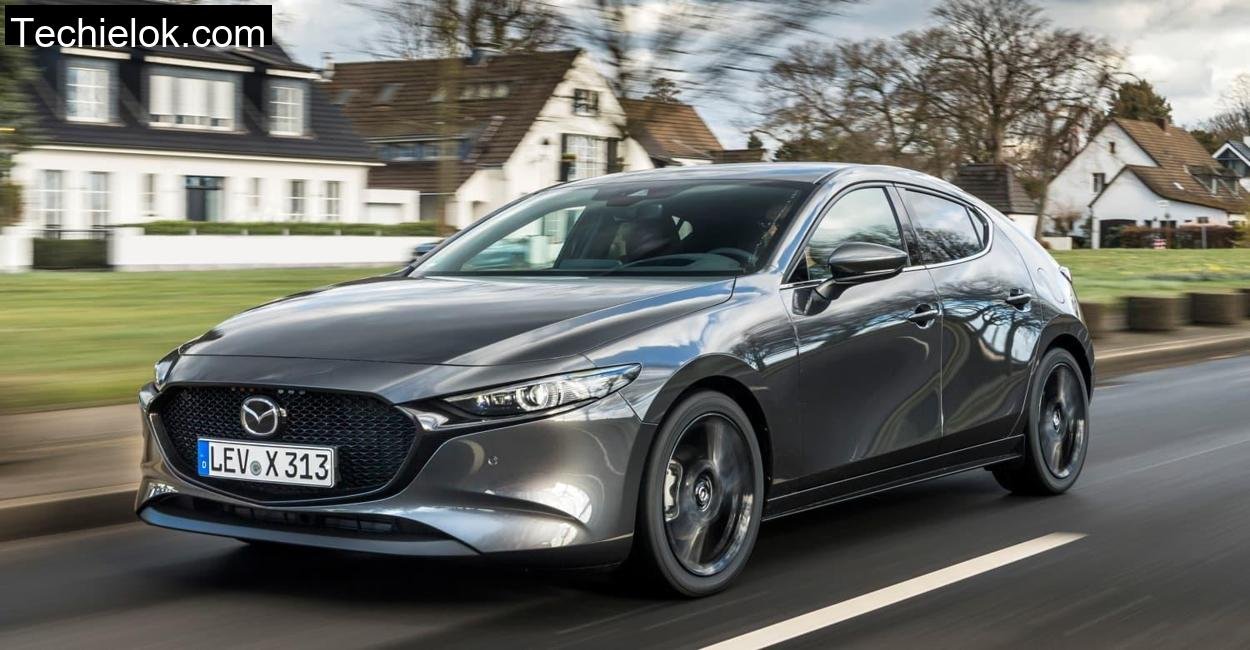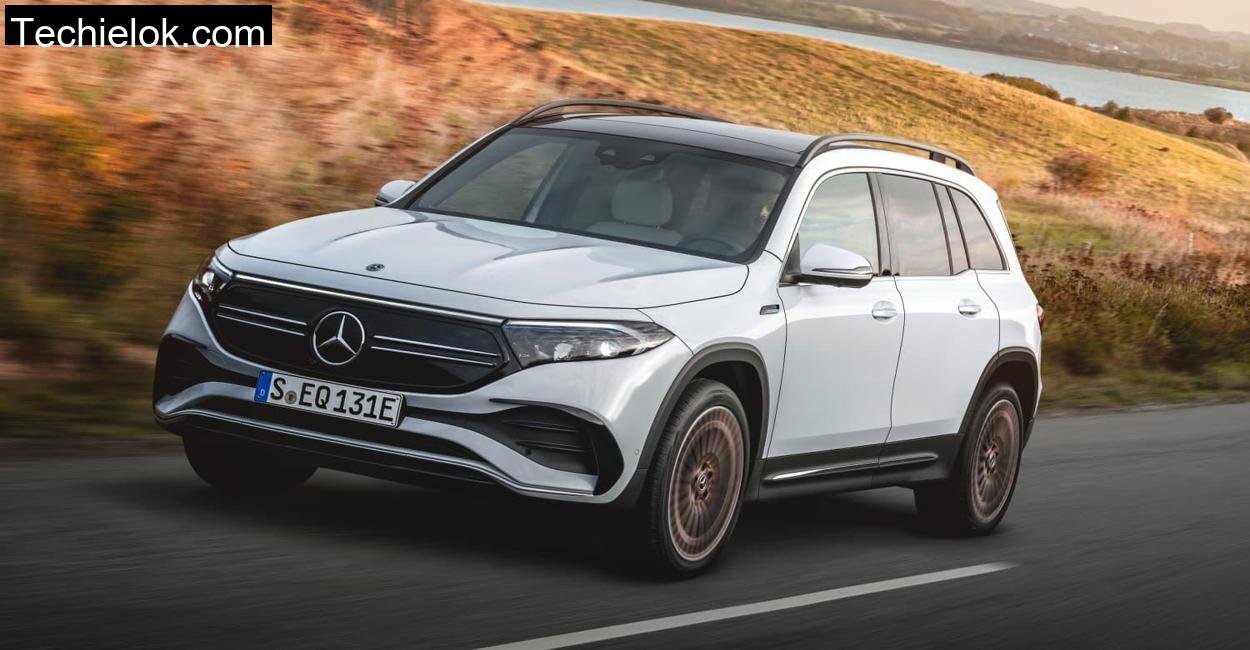The Haßberge hills don’t forgive impatience. The rolling greens and winding roads demand a measured approach, a steady rhythm, and a car that can switch between indulgent comfort and confident command. That’s why we brought the Range Rover D350 here, not just to see how it handles a mix of tight Bavarian turns and sleepy cobblestone towns, but to test whether this £125k+ piece of rolling British aristocracy still holds relevance in a world increasingly allergic to bulk and indulgence.
What unfolded over two days in the Haßberge region wasn’t just a road test, it was a revelation of how modern engineering can wrap elegance, muscle, and subtlety into something so monumentally large. The Range Rover isn’t here to please everyone. It’s here to please the ones who already know what they want.
The First Step In: Monumentality and Minimalism

Opening the door is like stepping into a hotel suite that’s too modest to show off but too rich to deny. Haßberge’s early morning mist hadn’t yet cleared when I slid into the soft, perforated leather seat, more lounge chair than driving throne. The car rises to meet you with its adjustable air suspension, making even entry a subtly theatrical experience.
The quiet inside was immediate. The leather, the aluminum trim, the massive curved digital displays, everything felt curated, not forced. I rested my hand on the gear selector, a stubby dial nestled beside a volume knob, both placed with an oddly British disregard for convention. The visibility was imperial, wide, commanding, and calming.
Despite its 5.05, meter length, the Range Rover felt navigable through the tighter roads of Königsberg and Ebern. There’s an eerie calm to piloting something this big through medieval lanes. It’s not so much that the world shrinks, but rather that you seem to rise above it.
The Heart of the Giant: Diesel with Dignity
When I pushed the starter, the inline, six diesel responded like a butler pulling back the curtains, quiet, but purposeful. The D350 badge stands for 350 hp, but it’s the 700 Nm of torque that defines the character. Power doesn’t slam; it sweeps. It takes just over 6 seconds to reach 100 km/h, but you’d never bother timing it. This car isn’t about drama.
Climbing up the Haßberg Höhenweg, I put the Range in Dynamic mode. The adaptive suspension firmed up, the throttle sharpened, and the 8, speed ZF gearbox got a little more eager. Still, it never lost its grace. Overtaking a slow, moving tractor on a tight bend was dealt with effortlessly, the diesel engine grunted once, the car surged forward, and we returned to silence.
You feel the weight, no doubt. With over 2.5 tonnes to lug around, it’s no ballet dancer. But the air suspension, active anti, roll system, and all, wheel steering make it move with a rhythm more akin to a seasoned long, distance runner than a lumbering heavyweight.
Interior Comfort: Backseat Paradise and Quirky Perfection
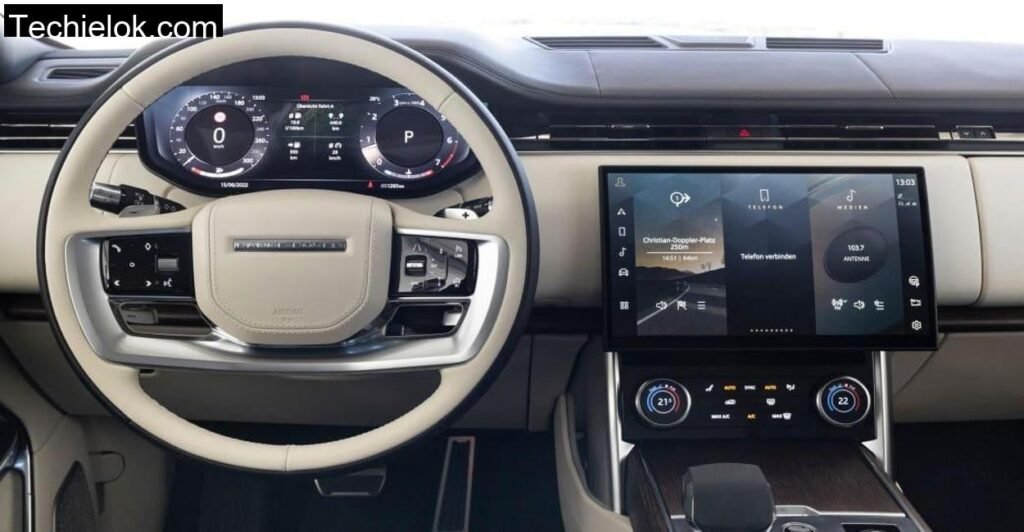
The second row is where I spent part of my afternoon, letting a friend take the wheel while I sampled the massage seats and fiddled with the rear touchscreen nestled in the center armrest. Rear seatbacks recline at the touch of a button, cupholders rise electrically like monoliths, and even the seatbelt buckles glow in the dark. It’s all a bit much, and also kind of wonderful.
Space isn’t infinite though. With the panoramic sunroof above me, headroom in the back wasn’t as generous as I’d expected in a car this size. Still, the long, wheelbase version remedies this with an optional third row.
Later, we pulled into a trailhead near Hofheim and opened the split tailgate. The bottom section, capable of holding 350 kg, doubled as a seat. Cushions in hand, the Range Rover became a picnic bench with a view, backed by the quiet hum of the air suspension leveling itself as we sat.
Haßberge’s Challenge: Tight Roads and Off, Camber Corners
Haßberge is a region of dualities, sweeping highland views interrupted by narrow village passages, forest switchbacks followed by sleepy farmlands. This terrain revealed just how much the Range Rover’s all, wheel drive and all, wheel steering matter.
Even at 2.5 tonnes, it handled tight corners with composure. There’s body roll, sure, but it’s limited, measured, almost dignified. It reminds you that this isn’t a sports car, and it doesn’t need to be. The steering, while light and a bit distant, never felt vague.
On loose gravel roads climbing toward Rauhenberg, the Range Rover was unbothered. Selectable off, road modes, huge ground clearance (up to 30 cm), and intelligent terrain response software made short work of the ruts and stones. I never felt compelled to slow down for fear of scraping something, it’s built for this.
The Quiet of the Ride: Float Mode Activated

What stayed with me most after 400 km in the Range was how relaxed I felt. Long hours behind the wheel, on Autobahns, in villages, and even in off, road patches, never became tiring. Wind noise was faint, tire noise almost absent. The adaptive air suspension does something almost magical: it makes the Range Rover feel weightless, even on patched roads.
On one stretch along the B279, I turned the Meridian sound system to medium and glided past wind turbines and wheat fields in near, total silence. The diesel engine only murmured below 2,000 rpm, and gearshifts were smooth enough to feel nonexistent. It’s not just a car. It’s a moving oasis.
Technical Specifications: Range Rover D350 HSE
We ensure precision by sourcing all Range Rover technical info instantly from their official site.
| Specification | Detail |
| Engine Type | 3.0L Inline, 6 Diesel (Mild Hybrid) |
| Power | 350 hp (257 kW) |
| Torque | 700 Nm @ 1,500 rpm |
| Transmission | 8, Speed Automatic (ZF) |
| Drive Type | All, Wheel Drive |
| 0, 100 km/h Acceleration | 6.1 seconds |
| Top Speed | 234 km/h |
| Combined Consumption (WLTP) | 8.3 L/100 km |
| CO₂ Emissions (WLTP) | 218 g/km |
| Trunk Volume (Standard/Folded) | 818 L / 1,841 L |
| Towing Capacity (Braked) | 3,500 kg |
| Vehicle Weight | 2,504 kg |
| Length x Width x Height | 5,052 x 2,047 x 1,870 mm |
| Base Price (Germany) | €148,700 |
| Suspension | Adaptive Air Suspension |
| Seating Capacity | 5 (7 optional in LWB) |
Conclusion: A Fortress of Solitude on Wheels
Driving the Range Rover through Haßberge made one thing clear: this car isn’t apologizing for being big, luxurious, or old, school. It doesn’t try to be something it’s not. Instead, it excels in what it’s always done best, comfort, presence, off, road credibility, and a certain old, money calm that no flashy newcomer can imitate.
Sure, it’s expensive. Sure, it drinks more than a frugal plug, in hybrid. But when you’re perched above traffic, humming through German countryside, with the world seemingly softened around you, those objections fade. You’re not buying transport here, you’re buying peace, presence, and prestige.
Is the Range Rover D350 available as a hybrid or electric?
Yes. The D350 is a mild hybrid diesel. Full plug, in hybrid (P440e and P510e) and electric versions are also offered or coming soon.
How does the Range Rover D350 handle in narrow towns or mountain roads?
Surprisingly well, thanks to all, wheel steering and a tight turning radius. It’s big, but maneuverable.
What’s real, world fuel consumption of Range Rover D350 like?
During my test, I averaged around 8.5 liters per 100 km. With a light foot on country roads, I managed just under 7 liters.


